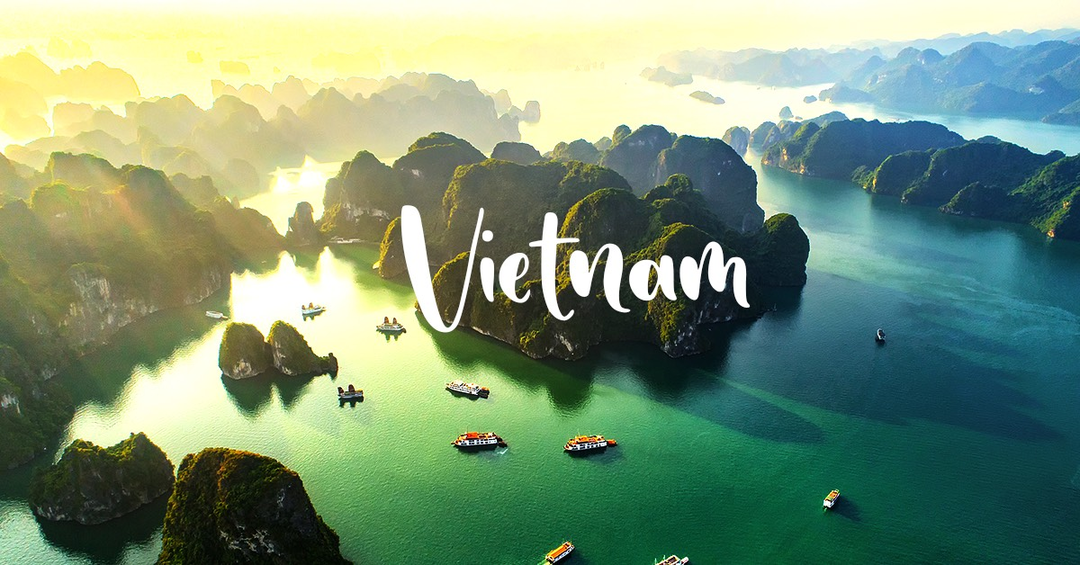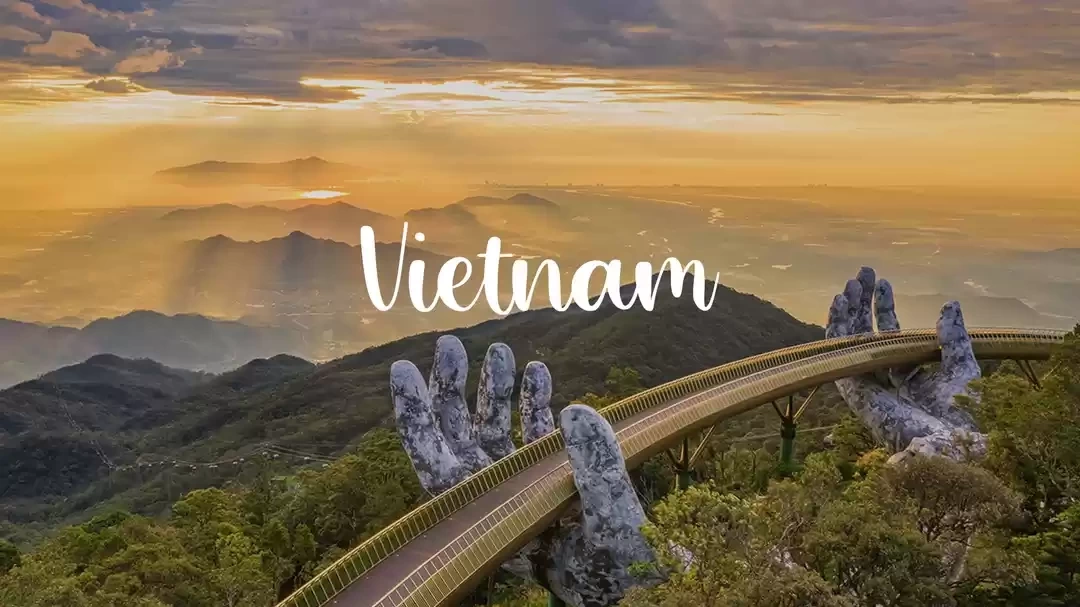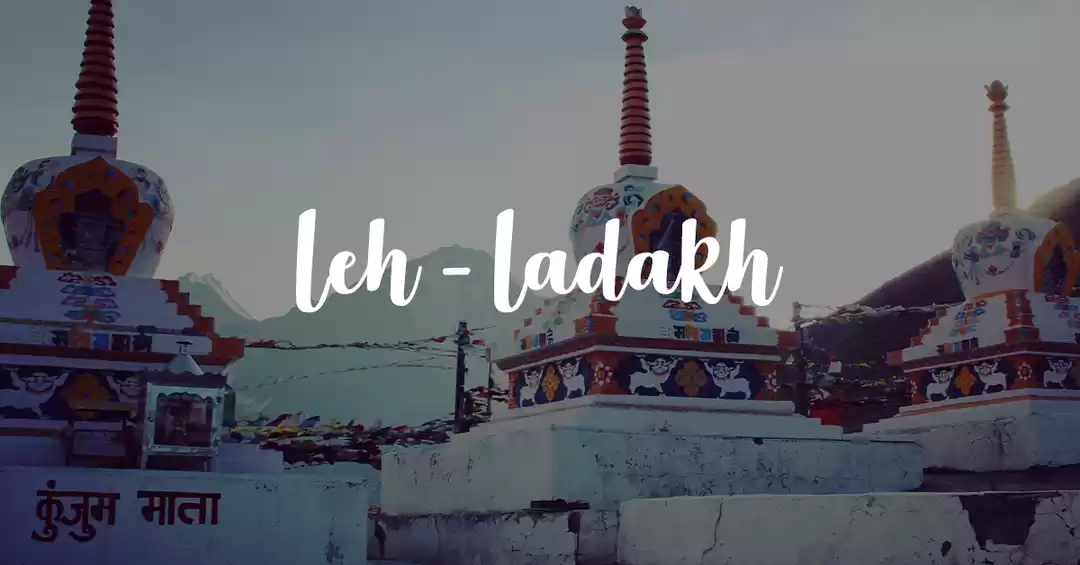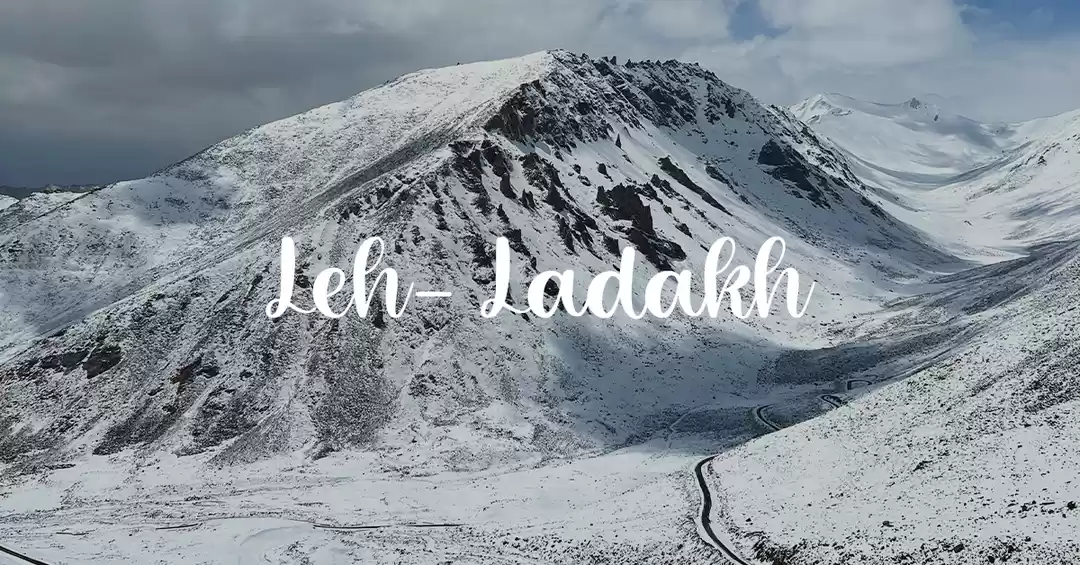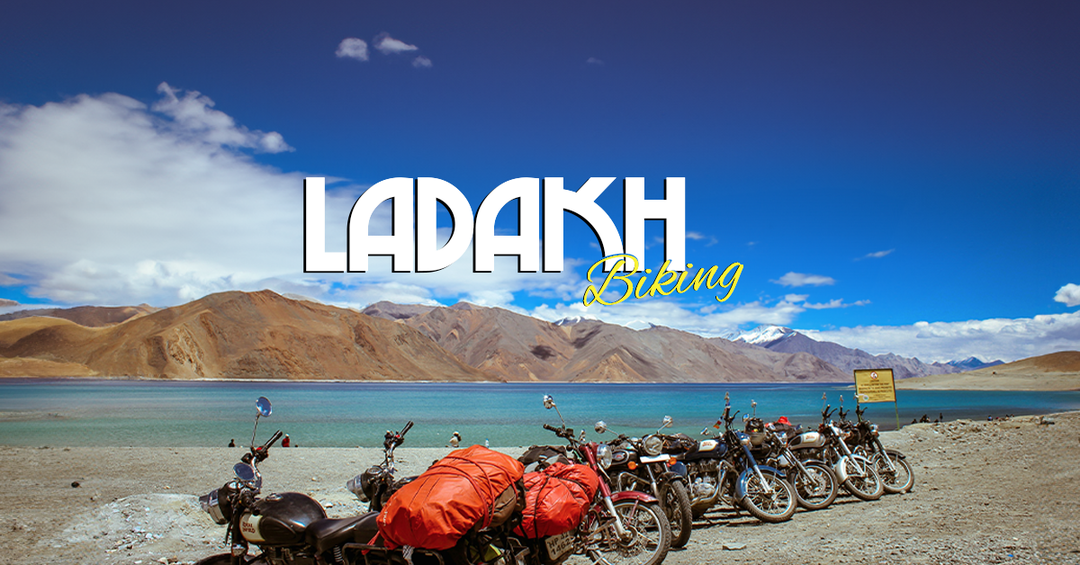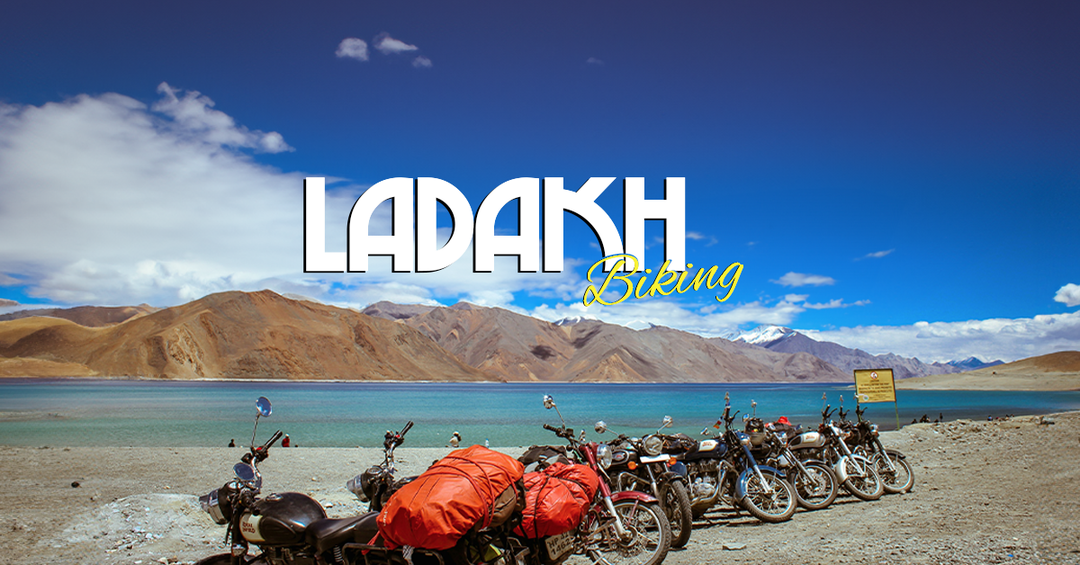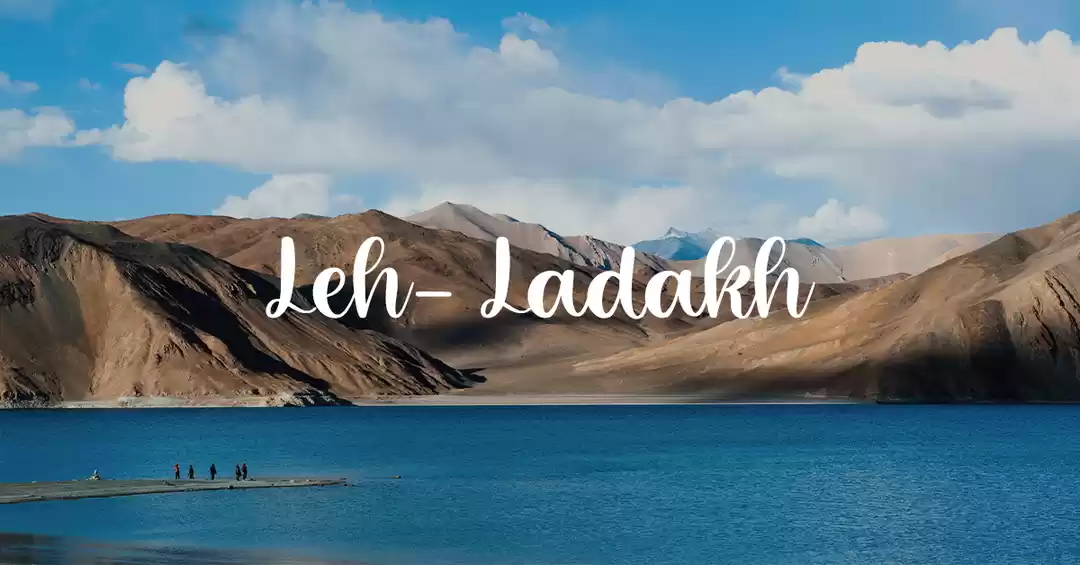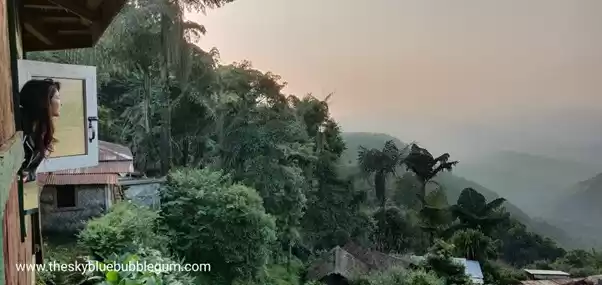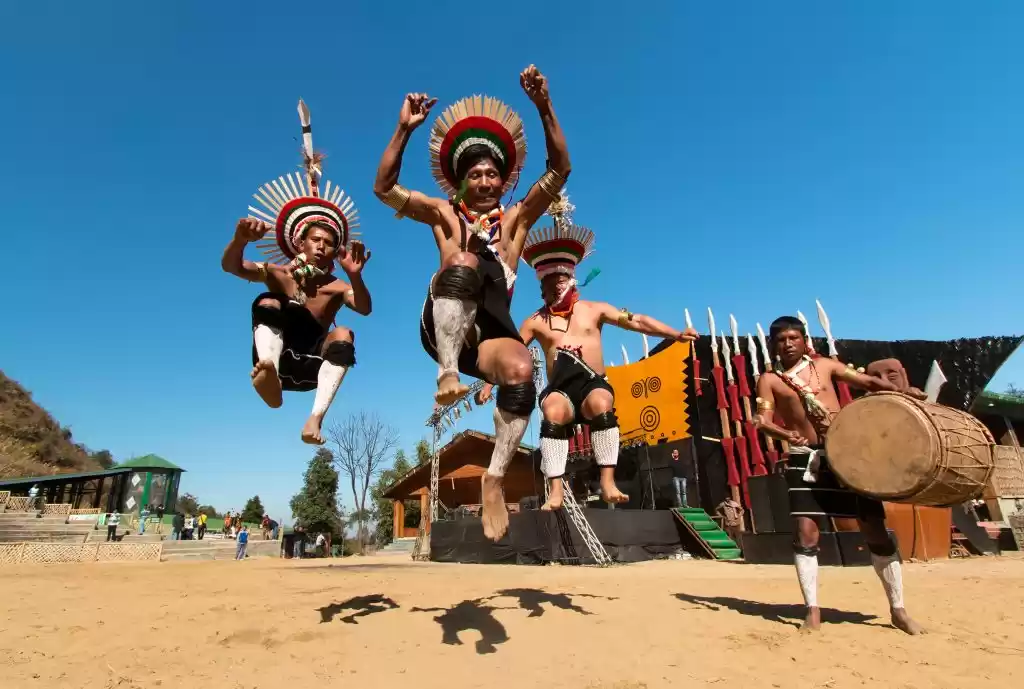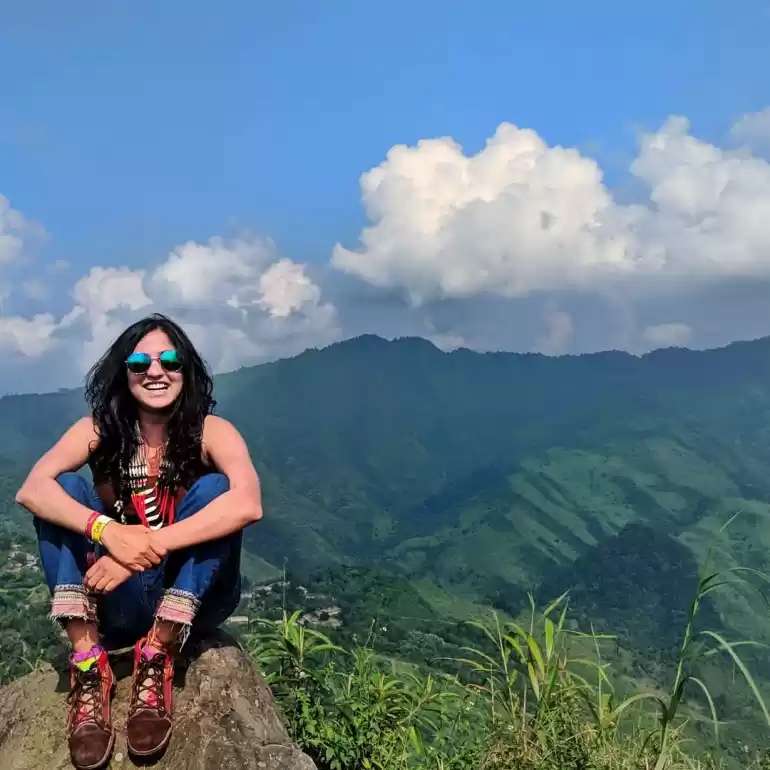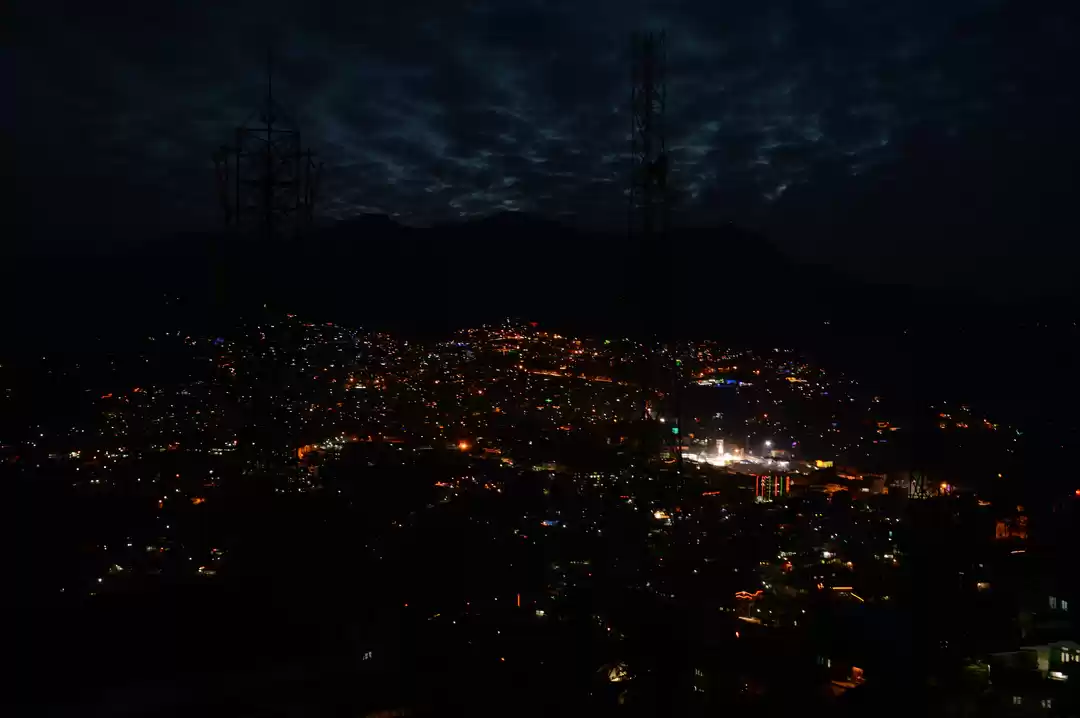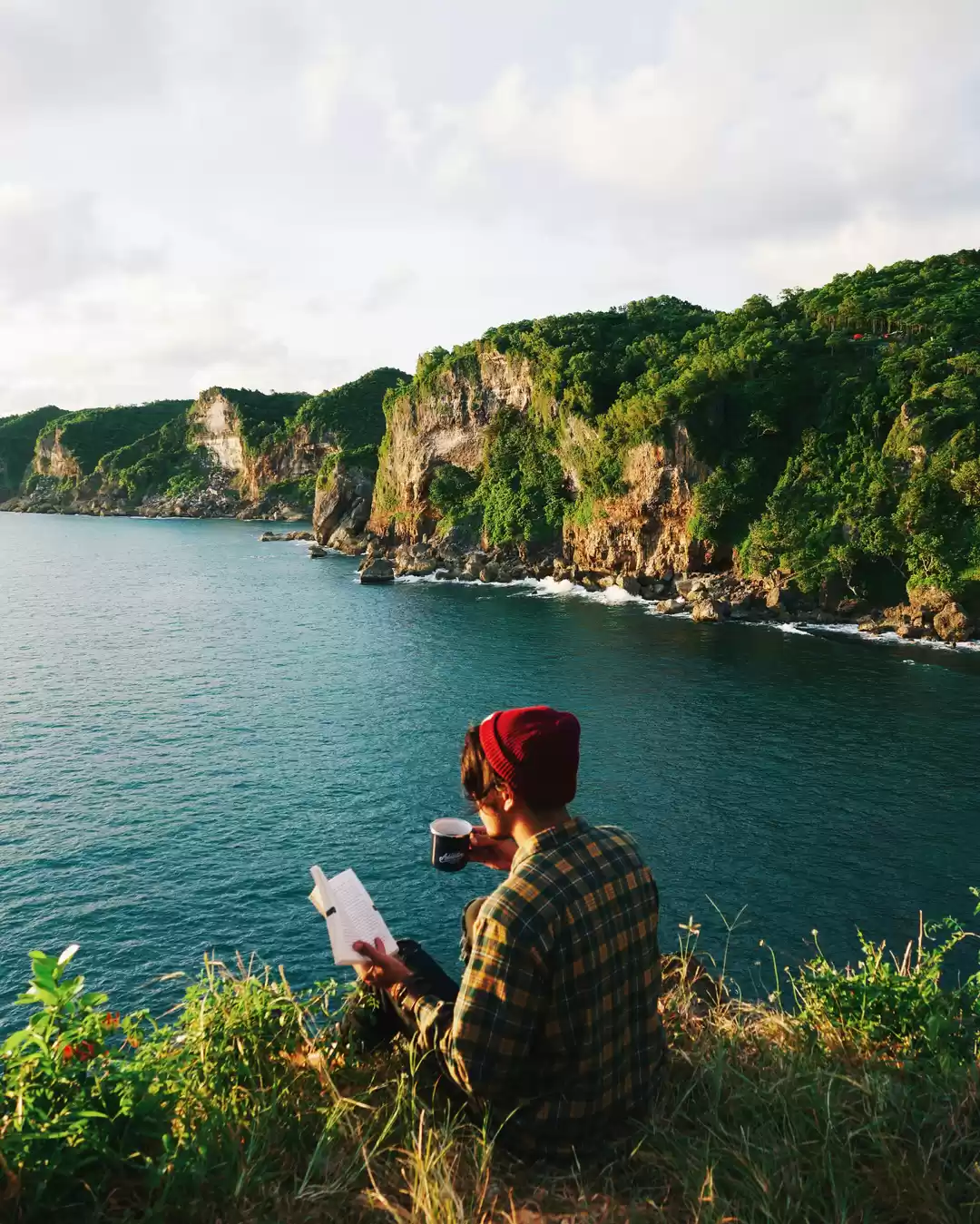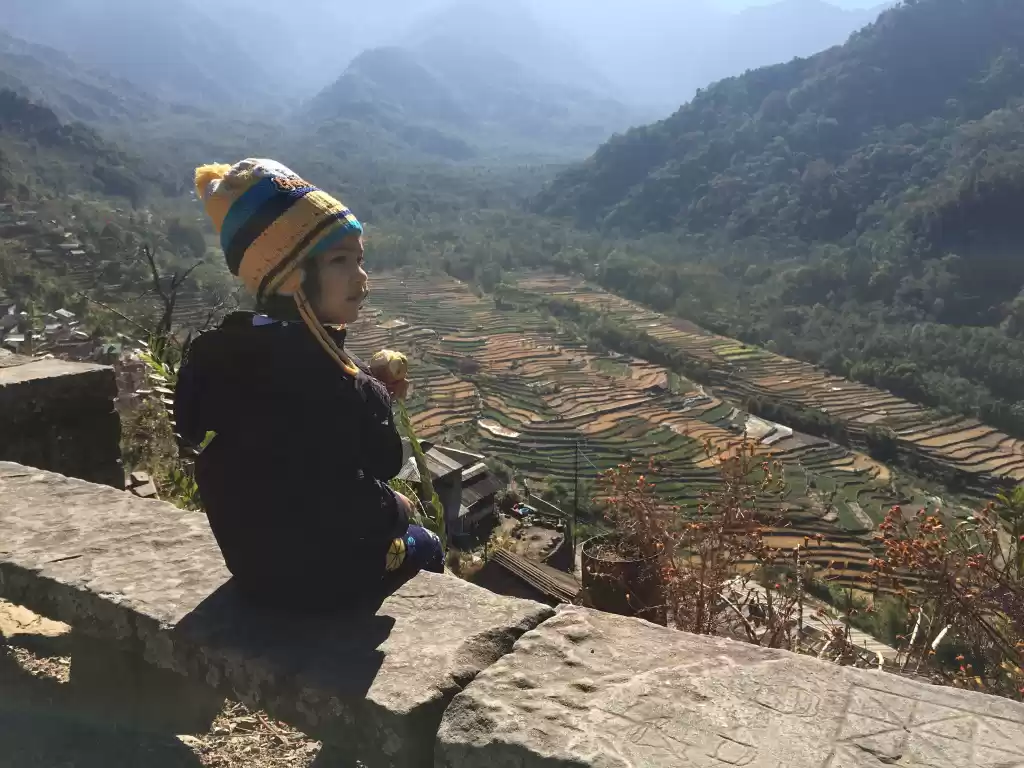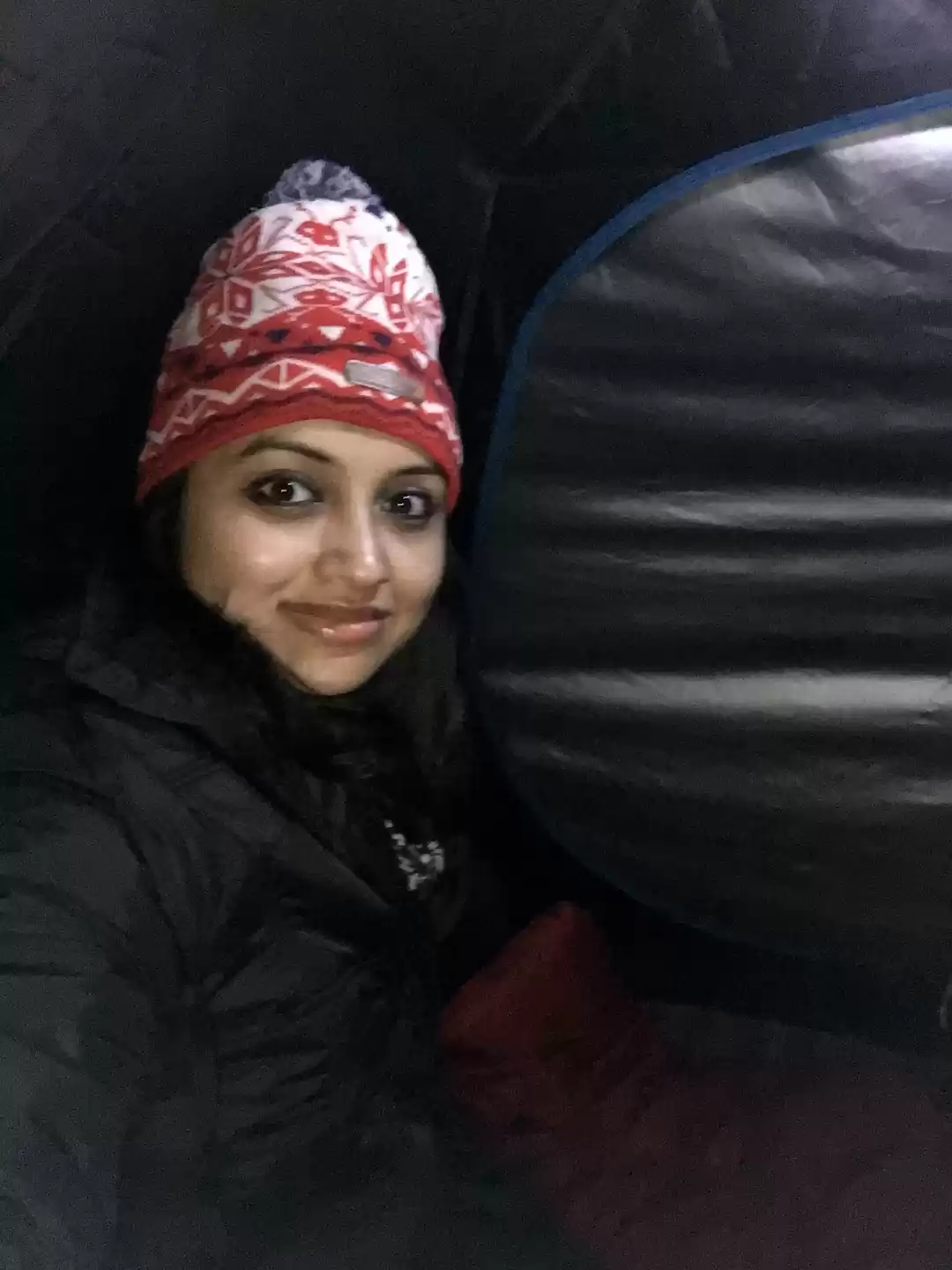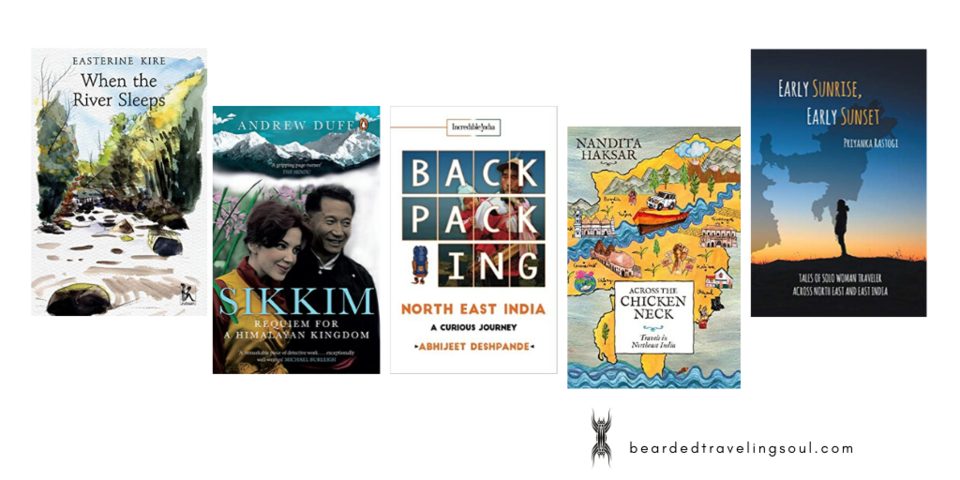
Posted in Tags: Reviews Abhijeet Deshpande, Andrew Duff, Backpacking - North East India, Books on North East India, Easterine Kire, Guide Books North East India Travel, Nandita Haksar, North East India, North East India Travel, Priyanka Rastogi, Solo Travel North East India, Travelogue North East India

"This time, such parochial responses had no influence. And I was about to embark on a journey to discover a mystic land.'
Abhijeet Deshpande; Backpacking - North East India
Reviewing a book is never easy. Firstly you have to read the book at least once, if not more than that to critically evaluate it. If not either you end up appreciating or depreciating it too much. You have to get in the shoes of the writer, and it's always a difficult task. The author must have done substantial research to transform thoughts and experiences into a book.
A lot many books have been written about North East India. I have managed to lay my hands on five books that I think can influence a luxury loving beach soaking tourist to travel to North East India. Here is the list:
*Across the Chicken Neck: Travels in North East India by Nandita Haksar , Rupa Publications, 2014
*Sikkim: Requiem for a Himalayan Kingdom by Andrew Duff , Penguin Publishers, 2016
*Early Sunrise, Early Sunset: Tales of a Traveler across North East India by Priyanka Rastogi, Partridge Publishing India,2019
*Backpacking North East India: A Curious Journey by Abhijeet Deshpande, Notion Press ,2017
*When the River Sleeps by Kire Easterine , Zubaan Publishers, 2014
Traveling in North East India has never been an easy task. And these five books on North East India resonates the very essence of travel in this region. The landscapes with its people and myriad cultures. I am sure there are a lot many books on North East India that deserves to be read, but I am going to start off with these five.
Across the Chicken Neck: Travels in North East India by Nandita Haksar
Someone, who rated this book in goodread.com, commented 'This is quite a good book, actually. It is not a real travelogue, in which you read all about the travel, and also about the various people and cultures you meet on such a journey. It is a socio-political discourse of sorts, with a journey as an enabler.'
Other than find answers to crucial questions, Sebastian and I have always wanted to drive through most, if not all of North East. I don't think either of us really knows why we wanted to do this
Although some would argue that the author's views are pessimistic in nature and that she might have gone overboard in condemning everyone; be it the caste system responsible for conversions in Doars or the oppression of the Catholics in North East India. Nandita Haksar managed to sum up a lot in a few pages. Across the chicken Neck: Travels in North East India is a description of political travel by Nandita and her husband, Sebastian Hongray. It was published in November 2014 by Rupa Publications Private Limited. The author and her husband drove across Nepal to North East India covering the states of Assam, Arunachal Pradesh, Nagaland and Manipur in 2011. In the book Haksar uses instances from mythology, history, sociology, and politics to create a vivid readable picture of North East India.
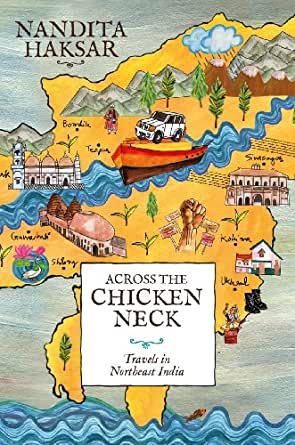
Nandita comes with a blank canvas to North East India and decides to paint it on her journey. "Other than find answers to crucial questions, Sebastian and I have always wanted to drive through most, if not all of North East. I don't think either of us really knows why we wanted to do this. Perhaps it is for the adventure; perhaps it is the need to understand more deeply the region where we have lived and worked for so long"
What exactly is the Chicken Neck? The slim stripe of land that connects North East India to the rest of India is termed as the Chicken Neck. From here Nandita and her husband, went up to one of the easternmost towns of the country, Mayodia in Arunachal Pradesh. Making a U turn in Mayodia, they swept south to the town of Moreh, a busy center of trade on the border between Myanmar and India.
Vinayak Hegde, as part of his review on the book laments, 'My only gripe with the book was the opinionated take of the author on several intra-state and tribal issues and the somewhat pessimistic and sad undertones in the overall narrative. Some of which is deserved but considering that a travelogue, the tone of the author seems quite bitter in large parts of the narrative.'
There is a certain amount of rebellion in Haksar's narratives. Perhaps the influence could be due to her many conversations with her husband Sebastian M Hongray. Sebastian was quite active in the then newly formed organization Naga People's Movement for Human Rights. Nandita Haksar's forceful anarchist stand could be due to her tryst with the thought process of a revolution, which was still a concept in many local minds and also many locals choose to ignore it as a fading ideology in North East India. Enough attempts have been made for peace and reconciliation which have been widely accepted too, that a hunger to keep the revenge fires burning is absolutely meaningless.
Sikkim: Requiem for a Himalayan Kingdom by Andrew Duff
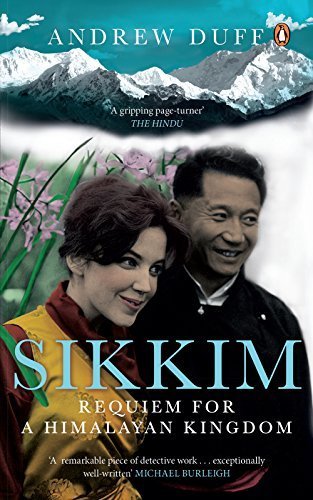
A frequent traveler to India and South Asia, Andre Duff is a freelance journalist based out of London and Scotland. The Pioneer in its review about the book writes: 'it has all the ingredients for a major feature film: Love and hate, suspense and suspicion, great powers and small nations, a Shangri-La, beautiful foreign and Sikkimese princesses and a handsome king.'
The book written in a language so fluid and gripping, devoid of bombastic words, makes the author visibly taking sides of different protagonist. Is a constant struggle between the Bhutias, Lepchas and Nepalis who constitute the population of Sikkim. In an epilogue paragraph, Andrw Duff writes 'The Palace suggested that the new political party should send three representatives, one from each community- the Bhutias, the Lepchas and the Nepalis - to function as official secretaries to the Chogyal. It was a shrewd move by Thondup and his father, calculated to ensure that the Nepal is ( who were now more than 50 percent of the population) remained in minority representation and that truly representative government was parked as an issue.'
It is always tricky to fit in. As a tourist you have the liberty to move in and out, but if you have married a culture, it slightly a different story altogether.
The book is a journey to the Himalayan state of Sikkim. Although it has a political backdrop, but the vivid sketch of the land is penned down nicely. The juxtaposition of words to the landscape and its people has been handled well. Sikkim is one of the tiniest states in India with a geographical area of about 7096 sq.kms. Snow capped mountains, green valleys, colorful rhododendrons, winding roads and sprawling tea gardens, makes it a very lucrative destination to visit.
An Amazon kindle reviews the book as: 'Andrew Duff is an amazing story teller. He has adeptly managed to bring out the true story of the fairy tale land of Sikkim without sounding moralistic or judgmental. You feel for the loyal Thondup who never thought beyond his little country and for his troubled American wife who was struggling to fit in the best possible way she could.' It is always tricky to "fit in" especially into a community with a different culture. As a tourist you have the liberty to move in and out, but if you have married a culture, it slightly a different story altogether.
A lot of people compare Andrew Duff's book to a previously published publication 'Smash and Grab'. Sunanda Ray's Smash and Grab is more of a one sided affair while Andre Duff's prose is more non biased, neutral creation. This is true story of Sikkim, from the author's point of view. It tells the aftermath political tales of Sikkim's annexation to India in 1975. A story of Thondup Namgyal, the last king of Sikkim. Sikkim becomes a pawn in the Asian Cold War, the ripple effects which we still witness occasionally, between India and China. A three hundred year old dynasty, not so used to battlefield tactics, never stood a chance against contemporary world powers hustling for supremacy.
Andrew Duff's fascination for the region is very evocative. "From Calcutta I travelled up to Siliguri, the junction town from where the Darjeeling Himalayan Railway snakes up into the hills, chugging gently into the mountains, covering no more than 5-0 miles in six hours. By the time we reached Darjeeling, the heat of the plains had been replaced by a persistent drizzle and a penetrating chill in the air, part of the attraction for the inhabitant of steamy Calcutta. Today the hill station still retains a few signs of its colonial past, managing somehow to stay the right side of faded grandeur." That is how Andrew backdrops the scenic beauty of the region without getting swayed by it.
Early Sunrise, Early Sunset: Tales of a Traveler across North East India by Priyanka Rastogi
Early Sunrise, Early Sunset is a categorical description of North East India into three heads: Creation of North East India, People of North East India and Society of North East India. The book is a journey of a solo traveler through a region that has rightfully been called 'the other side of the country'. At an age where traveling to Thailand or for that matter any South East Asian country is a lot easier than traveling to North East India, in spite of its infuriating permits, unpredictable weather and non-existent road network., the people perhaps are one of the friendliest in India.
In her own depiction of the book, Priyanka Rastogi writes "This book is an amalgamation of more than 100 trips done to the Eastern part of India over approximately 6 years. Being a married working woman in travel with a family most of my business trips have been crisp and short, motivating me to pursue lot of destinations solo purely for leisure. Furthermore as trip durations have been nevertheless moderate, I have made repeated trips to many places for different seasons and time frames. This also means that each chapter has been written in totality and it may comprise multiple travel itineraries to the place. The flow depicting different destinations is essentially an order of my thoughts while writing and not a chronological order of my travel."
Priyanka's motive in the book was simple; to show you around with well placed words. This is definitely not a guide book of North East India travel but surely is an insight into north east India and its people, through the perspective of an outsider from mainland India. A lot of us, fascinated by adventure and doing offbeat things, make the mistake of considering a trip to North East India in a sum able week long package. It is a region separated by state boundaries of seven states, entangled by roads that are enough to let loose a few joints in the spine of an able bodied man. Priyanka Rastogi, through her book envisages a travel habit that , while not running out of things to try, one needs to have an extended time in hand.
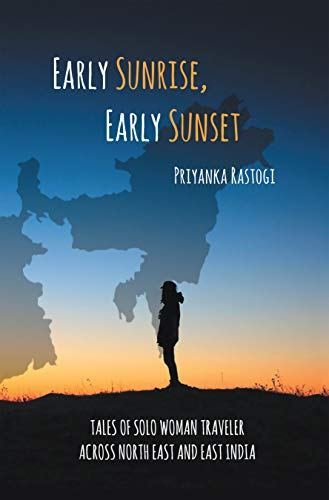
Well that is typical North East India - the challenging and the support part.
Well some of her statements seemed flattering to a native critic like me. She describes the view from RiKynjai Resort in Meghalaya somewhat like this:"When I was about to leave my cottage, I could not resist but open the balcony attached to it. For a minute I felt as if I was standing in fairyland or Mount Kailash." I am not sure about fairyland, but it cannot be Mount Kailash. It never snows in Meghalaya. One thing the author was accurate about in the book was her interaction with people. "People in these regions are the strength and backbone of the tourism industry; right from the hoteliers, business owners and home stay proprietors to the drivers. Staff, guides and the common people treated me so well and extended tremendous support during challenging situations." Well that is typical North East India - the challenging and the support part.
Backpacking North East India: A Curious Journey by Abhijeet Deshpande
"Given the mountainous terrain remoteness of the area, sparse population and a lack of transport options, pedestrians flagged down vehicles regularly and taxi drivers honored all random requests, the ten seater gradually becomes a sixteen seater. To make room for these passengers, our back up driver moved to the roof. 'Never refuse a ride' was the principle in these hills."
That sets the tone of the book. Ace Indian football player, Baichung Bhutia appreciating the book comments: "Strikes first blood in its league to present an inspirational account of journeys through North East India and its people, culture and lifestyles." Abhijeet Deshpande weaves his traveling in North East India as a backpacker into a travelogue. This book is surely not a guide book but one has to extract pointers from the many experiences the author shares.
The narration in the book ensures that you move all the way to the last page. It makes you a part of the adventure trip. The food, the wilderness, hospitality and the uncertainty has been vividly captured in words by the author. Abhijeet labels himself as an accidental nomad. He has been a minimalist traveler for over twenty years and has written down some amazing articles in www.backpackingseries.com. He has fluctuated from planned travel to spontaneous ones, from set programs to flexible itineraries. The book's reflections on politics and social values, depicted through the backpacking journeys of Abhijeet and Navita is a wonderful read.
The book never tells you what to do and what not to do. That the author allows you to figure out for yourself. Abhijeet Deshpande treats his readers very maturely and juxtaposes the reader in his journey. For those who have ventured into uncomfortable destinations would understand when the author says "Hot water in winters, a given otherwise, assumed disproportionate significance while on a shoestring budget on the road less traveled."
Backpacking in general terms is described as an independent, low budget way of traveling. This is usually done internationally. Surely not a travel agents favorite kind of people. But in this book, Abhijeet , so beautifully and categorically admits that backpacking is not just an international thing. It can be carried out domestically, within one's own country. Specially in India, where culture and dialect changes every hundred miles.
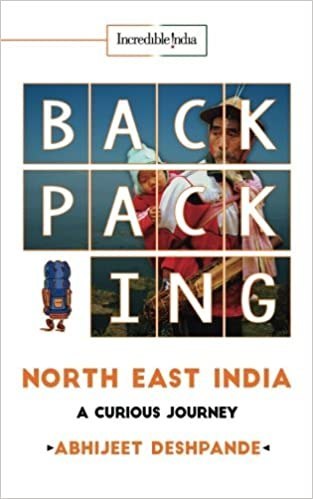
And he layers his description so humbly with his own experiences.
The concept of backpacker's enclave has been recognized as a significant type of tourist pace for understanding the travel experiences of backpackers. With the rapid development of backpacker's scene and its increasing importance to global tourism economy, several more or less popular backpacker dominated places and areas have been recognized as 'backpacker's enclaves'. The narrative in Backpacking North East India: A Curious Journey somehow ideates on recognizing North East India as a backpacker's enclave. Only time will tell, if legislations are in place to enable this process. Somehow the industry here is aware not to bracket North East India into a mass tourism destination. This is one of the perils of backpacking especially in the mountains. That is off course a different story to discuss altogether.
Never refuse a ride' was the principle in these hills."
Somehow the industry here is aware not to bracket North East India into a mass tourism destination. This is one of the perils of backpacking especially in the mountains.
Abhijeet has been subtle to describe the landscape of North East India. And he layers his description so humbly with his own experiences: 'This relatively narrow stretch of the river was a stark contrast to the expanse we has crossed earlier, but the maturity of its flow was evident. There was hardly anyone else, and we dove into a frenzy of clicking pictures before settling down next to the river, our barefoot touching the cold, gently flowing water. An ideal camping location, the site's astonishing beauty invoked silence. We relaxed till sundown, absorbed in those moments."
A no complicated language, no Victorian style of writing and no pushing around with words, this book absolutely describe two individuals traveling in a less travelled destination with bare minimum personal belongings. It is a different thing to travel into another culture if the destination is part of a regular tourist map and it is altogether a different thing when the destination is absolutely out f the map dangling into international borders.
When the River Sleeps by Easterine Kire
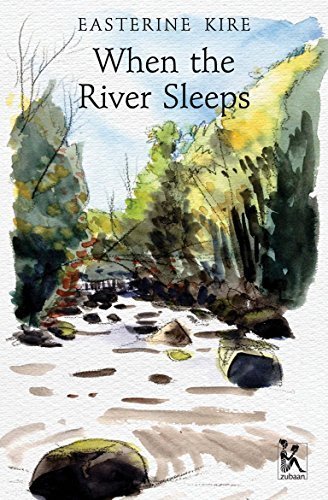
'For one, its plot is like a search.'
Easterine Kire ships her readers to a remote mountain village in Nagaland, one of the North Eastern states in India, through her protagonist, Villie. There are a lot of mixed reactions to this book; people have dubbed the pace of the book to be too slow and the language too simple. Hansda Shekar , a critic, says ' For one, its plot is like a search.' He furthers his review by saying 'We begin with the dream that Villie - call him the protagonist of the novel; call him a traveler; or, as I prefer to do, my guide through the magical Nagaland - has in which he is extracting a "heart-stone" from the sleeping river guarded by the ferocious widow spirits.'
Easterine Kire is a novelist, poet and a writer from Nagaland. She had written the first ever published naga novel 'A Naga Village Remembered'. She is earnestly involved in working on creating better opportunities for naga youths and sermonizing to the world about naga folktales. Kire's powerful narratives invite us into the loves and hearts of the people of Nagaland. Nagas, to this date, even though modernity and Christianity have taken over, have a lot of faith in their rituals and beliefs. Their reverence for the land and their close knot community life resonates into a life that harmonizes with their natural surroundings. It is against this mystical backdrop that Kire narrates the tale of a solitary man driven by the pull of a dream, who must overcome fairytale obstacles in the search for his heart's desire.
"If I am going to start a new life, why should I take so much of the old life with me? It would only hinder me from beginning my new existence. It would only make me long for the old life again, and that would make me miserable. I must accept that my life here has ended, and I must focus on my new life if I want it to work."
An Amazon Kindle reader reviews the book as 'This is a story of human loss, death and renewals, of good and evil, of unknown forces in the wilderness of the mind, offset by the strength of the heart...death is ever present in life...and even simple lives can meet tragic ends....a fable of spiritual beliefs...and how they are real to the Naga folk'
Nagaland is cultures within a culture, societies within a society and regions with a region. It is a state that comprises of districts that has so many tribes and sub tribes, each speaking a different dialect. And to top it all, not having a written history let's loose so many things. Most of the available written literatures of Naga history are just accounts of experiences by people who are foreign to this state. Kire is very vocal in echoing the sentiments of a Naga "This is our home, do you understand? We cannot abandon it and try to live in another place. Our umbilical cords are buried here, and we would always be restless if we tried to settle elsewhere."
The novel seems like a folktale narrative. It is filled with folklores and native metaphors, a surreal voyage through a hunter's world. The tone is about morals, spiritual struggles and the final victory. If we compare our modern life to the flow of the novel, we indeed live in a world that has lost meaning. We are too much guided by meaningless pursuits that the very sense of hope and generosity has faded away.
"No one is completely bad and even if they do bad things, there is still some vestige of goodness in them which can be brought out. But if you leave it too late, it gets so polluted that it feels like it's too much of an effort. That is what makes them remain where they are." Easterine Kire is hopeful of mankind and also understands the mindset of a modern human being.
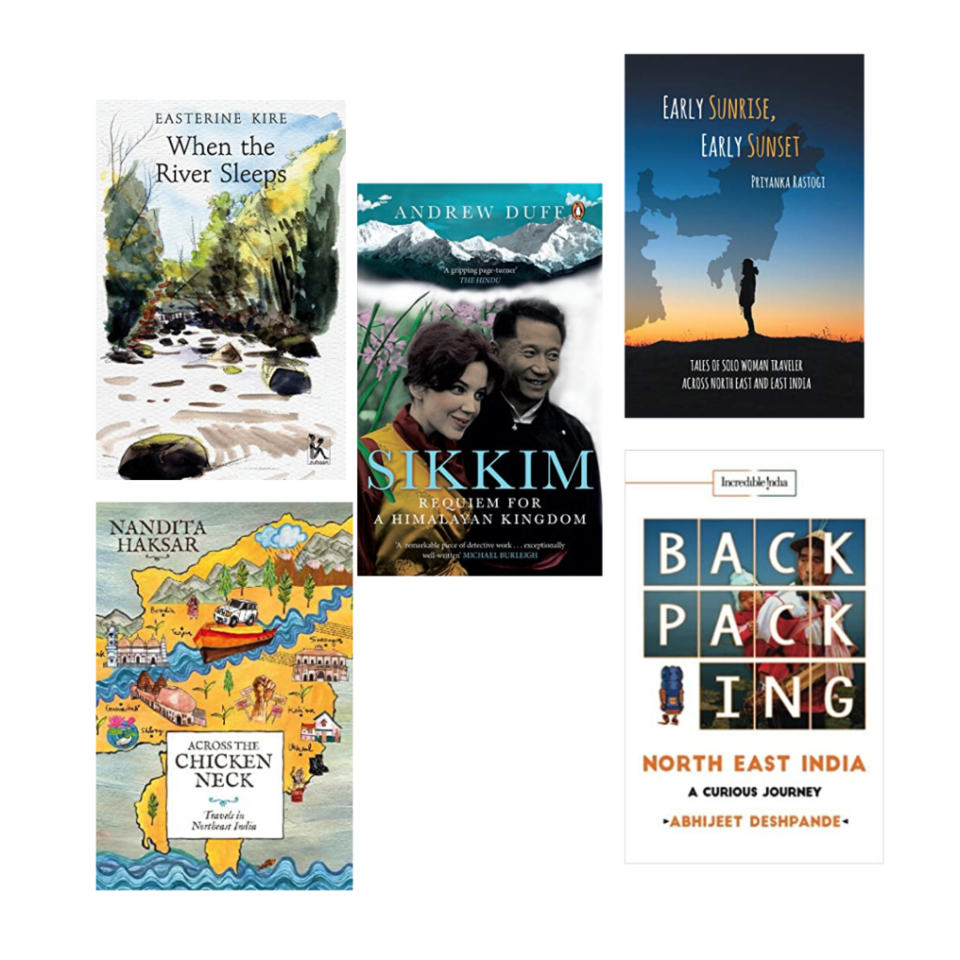
5 Books that will make you want to travel to North East India
Posted in Tags: Reviews Abhijeet Deshpande, Andrew Duff, Backpacking - North East India, Books on North East India, Easterine Kire, Guide Books North East India Travel, Nandita Haksar, North East India, North East India Travel, Priyanka Rastogi, Solo Travel North East India, Travelogue North East India
Published by Amitabh Sarma
My name is Amitabh Sarma and I am a story teller. People fondly call me the "traveling pundit", I humbly present myself as the "bearded traveling soul". I appreciate you taking some time to read my experiences and in case you would like to stay connected, please do get in touch with my social media profiles. Stay Blessed! View more posts





